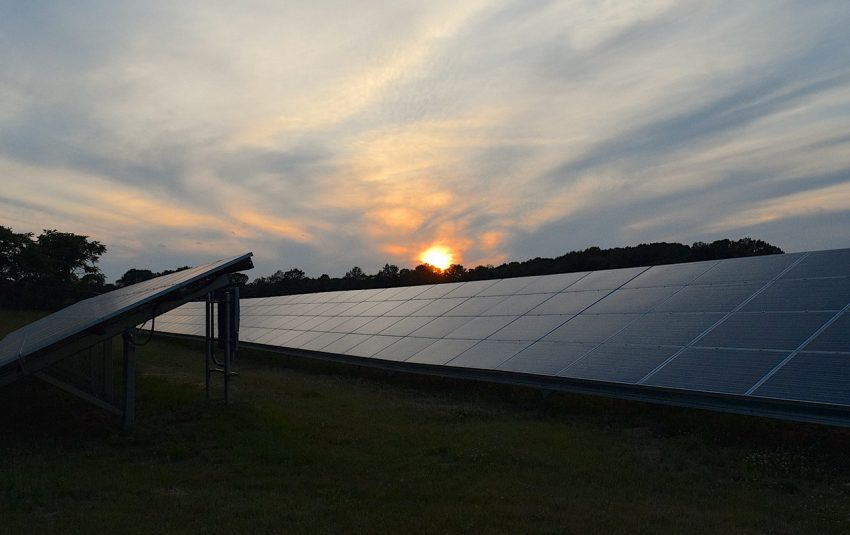The dark side of solar power is solar panel waste, say three researchers in the Harvard Business Review.
What they call “solar trash” presents “a massive caveat that very few are talking about,” write Atalay Atasu, Serasu Duran, Luk N. Van Wassenhove.
Official bodies are assuming that the waste (which is currently almost impossible to recycle) will start piling up around 2030. By that time, methods of extracting valuable materials from the panels should have appeared. But officials are ignoring the current advantages to taxpayers of “trading up” as solar prices fall, thus speeding up the waste creation. The authors say:
“Economic incentives are rapidly aligning to encourage customers to trade their existing panels for newer, cheaper, more efficient models. In an industry where circularity solutions such as recycling remain woefully inadequate, the sheer volume of discarded panels will soon pose a risk of existentially damaging proportions.”
***
“Using real U.S. data, we modeled the incentives affecting consumers’ decisions whether to replace under various scenarios. . . . If the cost of trading up is low enough, and the efficiency and compensation rate are high enough, we posit that rational consumers will make the switch, regardless of whether their existing panels have lived out a full 30 years.”
***
“The industry’s current circular capacity is woefully unprepared for the deluge of waste that is likely to come. The financial incentive to invest in recycling has never been very strong in solar. While panels contain small amounts of valuable materials such as silver, they are mostly made of glass, an extremely low-value material. The long lifespan of solar panels also serves to disincentivize innovation in this area.”
H-T Myron Ebell
Image by Robert Jones on Pixabay.

